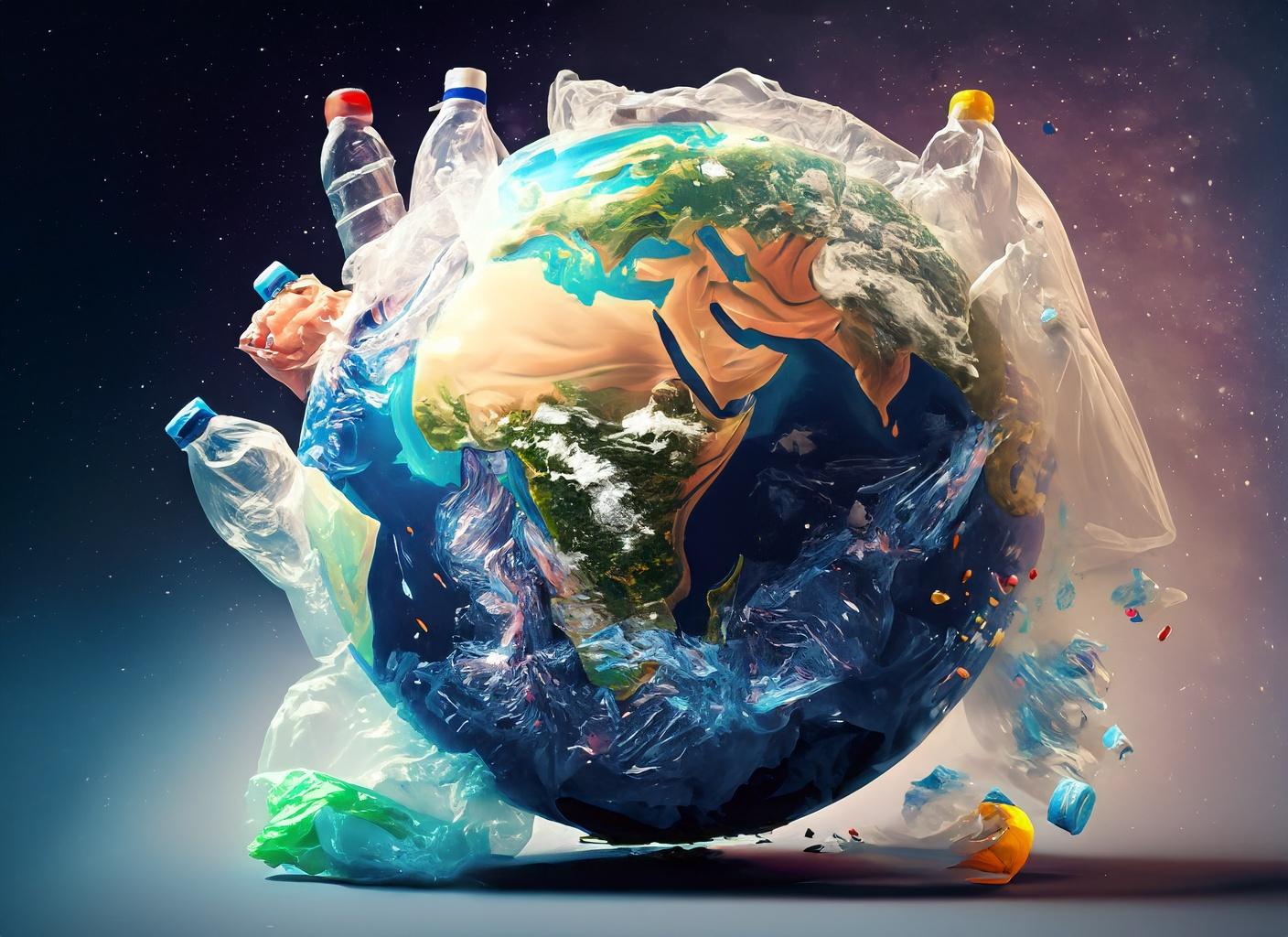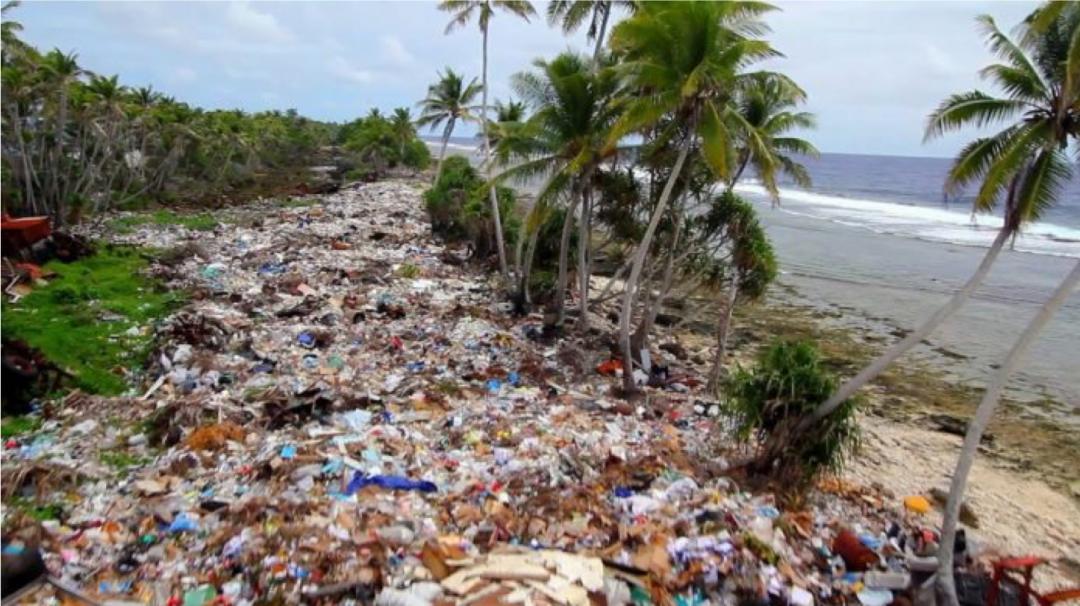Plastic
The Wonder Material?

From stockings to spacesuits, plastics have been used for an incredible
variety
of products in the modern world. First made to replace
natural materials like tortoiseshell and horn, plastics were developed
from the mid-19th century.
When did plastics become an environmental problem?
Many of our plastic problems began in the post-war period when plastic began to replace more expensive products like paper, glass and metal used in throwaway items like packaging. The biggest culprits being polyethylene shopping bags, food containers and drink bottles.
Plastics are now amongst the most damaging pollutants in the world. The chemical properties that have made plastics such a durable material also make it difficult to dispose of - some taking tens of thousands of years to degrade in landfill. The degradation itself is an even bigger environmental issue as the breaking down of plastics into microscopic particles pollutes our oceans, air and ecosystems. The health implications of microplastic deposits into our bodies are not fully known.

The 21st Century
Cheap plastic products have led to a single-use culture, the majority of bottles ending up in our oceans. Recycled plastic items have even become fashionable and marketable in the 21st century era of increasing environmental consciousness. The key will be moving away from single-use plastic altogether and improving the recycling infrastructure. Developing alternatives to plastics or new forms of plastic which degrade faster, is one of the biggest challenges facing scientists and manufacturers.
Learn more 👈